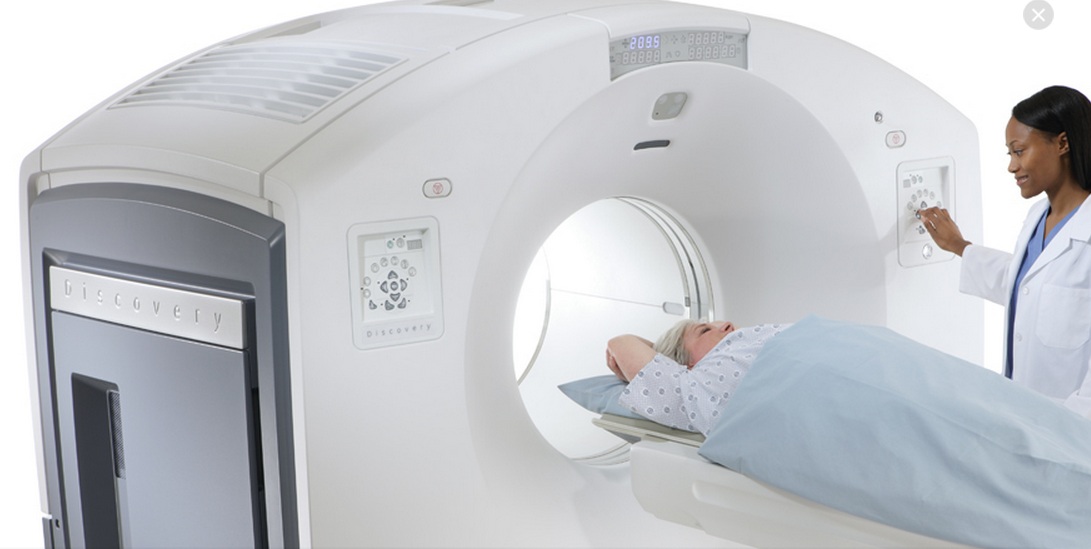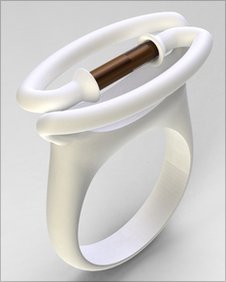How Embedded Systems Transforms the Healthcare Industry?

Audio : Listen to This Blog.
Imagine how cumbersome healthcare used to be in the past. Back then, a person not feeling well had to approach a doctor, who then proceeded to prescribe medicines based on his external symptoms. How accurate can the diagnosis be in such cases? The reason why a few decades ago a disease that we take for granted today could kill masses was because the diagnosis wasn’t thorough. Then the technology advanced. We got X-ray, ECG, EEG, MRI, CT, pulse oximeters, GlucoWatches, electronic defibrillators, and a large number of sophisticated gadgets (embedded systems) and acronyms that the general public has no idea about. Now, the technology is even more advanced. New microchips, nanotechnology, and embedded systems have managed to revolutionize the healthcare industry.
General Electric – A Premier Provider of Medical Embedded Systems
Look at General Electric, the multi-billion dollar vendor of all kinds of electric systems. GE is the premier provider of medical embedded systems in the world. All kinds of technologies–from scanning machines, imaging systems, and diagnostic equipment–are there in GE’s range. Behind all these advanced systems is embedded technology. Take a look at this image of a huge PET scanner from GE, a perfect example of an embedded system:

[Image Source: General Electric]
Sensors for Newborns
I was perusing the acme of technology IEEE Spectrum, and I stumbled upon an article that describes what the future has in store for us. In the next few years, newborn babies will get tiny sensors within the first few minutes of their birth. A chip that is planted in the body of the infant continuously monitors its health condition, and the biometric data generated and stored in the cloud by the child through this chip within two years will be more than the entire amount of data created by everyone combined in the world today. In essence, this data can be used by medical professionals to track every aspect of the health of the child.
Soon, medical gadgets will turn out to be more glittering and sophisticated than the ones in the books of Ian Fleming. A few days ago, BBC reported of a gadget–a tiny ring–that reports and catalogs a person’s medical conditions. This is a perfect wearable that comes handy in emergency situations as a microchip embedded inside this ring alerts paramedics during an emergency.

[Image Source: BBC]
Electronic Tattoos
You have probably heard already about electronic tattoos that dilate with your skin. These temporary electronic tattoos are powered by solar energy and replace those bulky gadgets, such as a pacemaker, to monitor the health conditions of individuals. Since the material used is stretchable, sturdy, and highly flexible, you will not even know you are wearing a health monitor.
When it comes to advanced robotics for intricate surgical procedures, check out the da Vinci Surgical System, manufactured by Intuitive Surgical, Inc. This is the only robotic surgery system with approval from the US Food and Drug Administration (FDA).

But now, a team of geeks from University of California, Santa Cruz and the University of Washington have successfully created a set of seven robotic surgery systems for use by medical research labs across the US. These systems use open-source approach for software development, cutting the cost of ownership to the bare minimum.
When it comes to embedded technology within gadgets, you probably know about a number of technologies. There are real-time operating systems in the embedded world that find applications in military-grade equipment.
Examples like QNX (acquired by BlackBerry), OSE, VxWorks, ucLinux, and LynxOS come into mind.
From small embedded systems that monitor the heart rate or identifies a blockage in an artery, the technology seeped into intricate surgical procedures. It is quite possible that in the future you can own your own robot doctor, with or without remote assistance from a real one. As the functionality of embedded systems in use in healthcare increases, one thing that decreases is their size. A recent article in Discover suggests a possible device–a “microbot”–about a decade from now that can be inserted into your body by making a tiny surgical incision. The microbot can travel through your blood vessel and reach the area of concern. It can fix minor issues, such as blockage in an artery, and collect tissue specimens for testing. A tiny camera attached to this device can send high-definition images and videos to the doctor about what is happening in your body. The futuristic microbot can be powered by a tiny motor about the width of two human hairs.
Conclusion
As you can see, medical technology has advanced quite a bit with the help of embedded technologies. Stretching the limits of the Moor’s law, semiconductors, processors, and chips are going down in size in an exponential fashion, while the number of transistors in each chip is growing by leaps and bounds. SoCs, embedded operating systems, and software that power these devices undergo some serious R&D. MSys also has quite a bit of experience in embedded technologies and real-time OS (RTOS) making us a perfect innovator for the technology of tomorrow.
